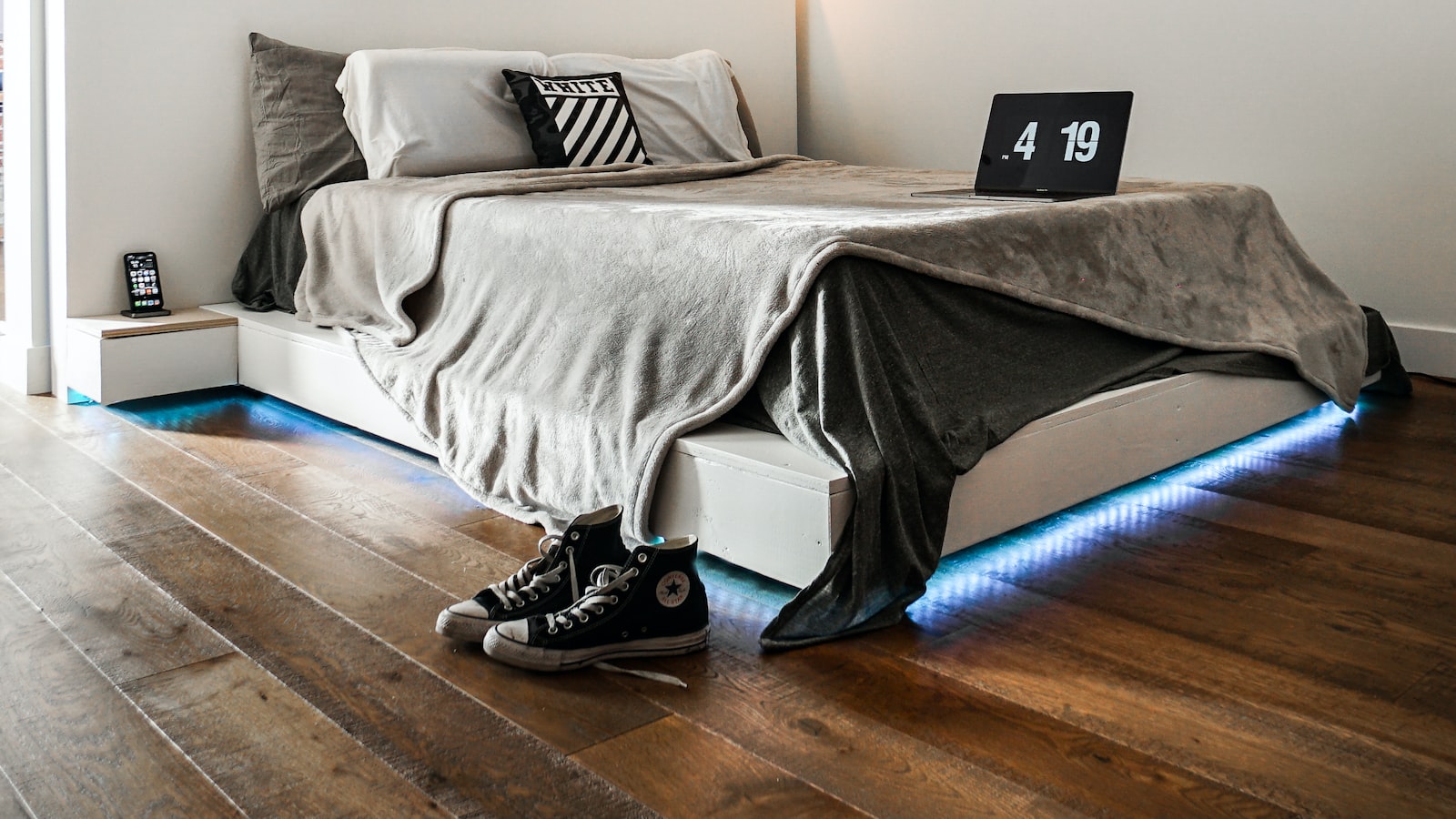Growing Peppers Indoors – Guidelines & Tips
Growing peppers indoors can be an exciting and rewarding experience, in spite of your geographic location. Whether you’re interested in cultivating a unique variety, wanting to add vibrant colors to your diet, or simply wanting to experiment with something different, it is an attainable goal.
What Pepper Varieties Grow Best Indoors?
Not all pepper varieties will flourish in the indoor environment, but there are several varieties that are ideal for indoor cultivation. Some of the more popular varieties for indoors include: ghost peppers, habaneros, jalapenos, cayenne peppers, serranos, and bell peppers.
Steps For Growing Peppers Indoors
- Choose the right type of pots – Make sure your pots have enough drainage holes to prevent waterlogging. For best results, pick pots that are 10-12 inches in diameter.
- Add the right soil mix – Use a soil mix specifically for peppers which will have enough organic matter to retain moisture and provide nutrients. A mixture of peat moss, compost, and perlite is preferable.
- Water your peppers – The soil should be kept moist but not waterlogged. Water your peppers when the top couple of inches of the soil become dry.
- Provide adequate sunlight – Make sure your peppers are exposed to at least 8 hours of direct sunlight in order for them to thrive. If not, consider investing in a grow light.
- Feed your peppers regularly – For maximum yields, feed your peppers every one to two weeks with a liquid fertilizer that is specifically tailored to peppers.
- Check for pests – Check your peppers regularly for signs of disease and pests. If necessary, treat your peppers with the appropriate products.
- Harvest frequently – The key to having continuous production of peppers is to harvest your peppers frequently. You should begin harvesting your peppers when they reach a size of roughly 2 inches.
Tips for Growing Peppers Indoors
- Select disease-resistant varieties as much as possible.
- Start with small plants rather than seeds.
- Keep the soil temperature between 65-85°F (18-26°C).
- Make sure you provide adequate air circulation for your peppers.
- Prune the pepper plants regularly to prevent overcrowding and encourage new growth.
- Rotate your peppers frequently to promote even ripening.
- When transplanting your peppers, try to get all the roots into the new pot.
- Mulch the top of the soil to help retain moisture.
Growing peppers indoors can bring you a fresh and flavorful harvest all year long. With the right setup, know-how, and dedication, you can enjoy the rewards of a thriving pepper garden in your own home.



